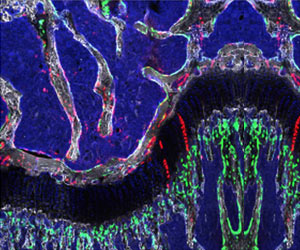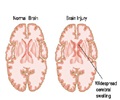The technology is intended for use in helmets as a visual indicator of severe impact and underlying head trauma, say researchers at the University of Pennsylvania.

Soldiers and professional athletes often suffer TBIs due to severe impacts. Rapid detection of TBIs can be challenging, since the injury is not visually detectible without the help of complex medical devices found in a hospital setting.
Scientists from the University of Pennsylvania have invented a specialized polymer that changes color in response to different levels of force. According to the developers, the technology is intended for use in helmets as a visual indicator of severe impact and underlying head trauma.
Earlier studies used holographic lithography to develop photonic crystals with specific structures and colors that change in response to force. Such crystals give a possibel way to recognize damaging forces to the brain, but practically, they are too expensive to produce.
So the research team focused on using self-assembling polymers, which are more economical to mass produce. They molded polymer crystals into predetermined structures.
The researchers also recorded the color responsiveness of the polymer crystals to different forces and found consistent color changes to specific applied forces. The study will be presented at the National Meeting & Exposition of the American Chemical Society.
Advertisement
Source-Medindia















